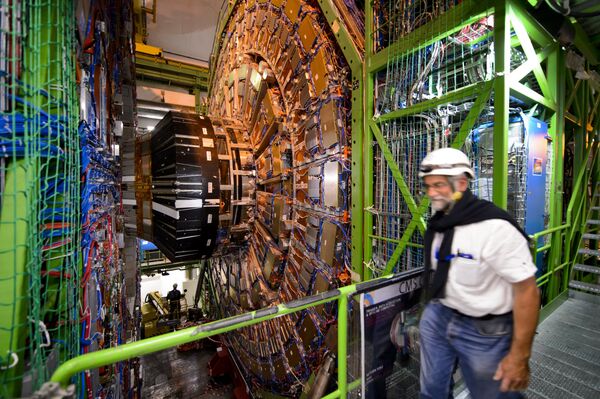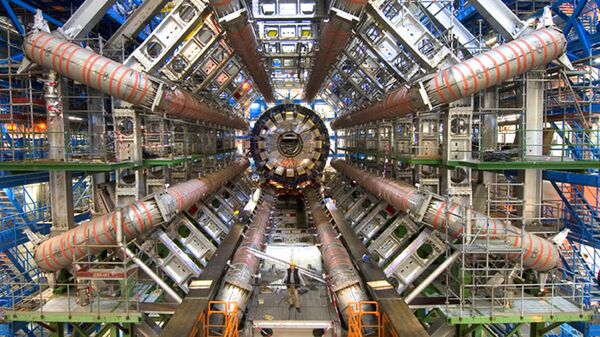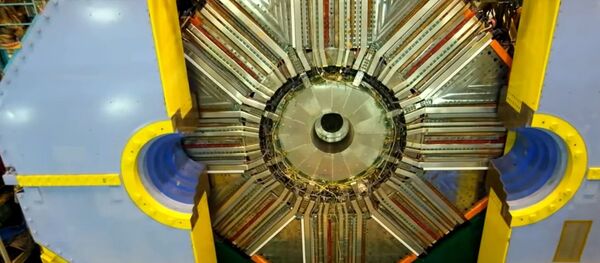The information is available on the CERN Open Data Portal, which was built in collaboration with members of CERN's IT Department and Scientific Information Service.
The data follows a previous release from November 2014, which made around 27 terabytes of research information collected in 2010 available.

Kati Lassila-Perini, a physicist who works on the Compact Muon Solenoid detector, said that "members of the CMS Collaboration put in lots of effort and thousands of person-hours each of service work in order to operate the CMS detector and collect this research data for our analysis."
At the same time, she added that "once we've exhausted our exploration of the data, we see no reason not to make them available publicly."
"The benefits are numerous, from inspiring high-school students to the training of the particle physicists of tomorrow," she pointed out.
It consists of a 27-kilometer (almost 17 miles) ring of superconducting magnets with a number of structures boosting the energy of particles, according to the LHC's official website.



